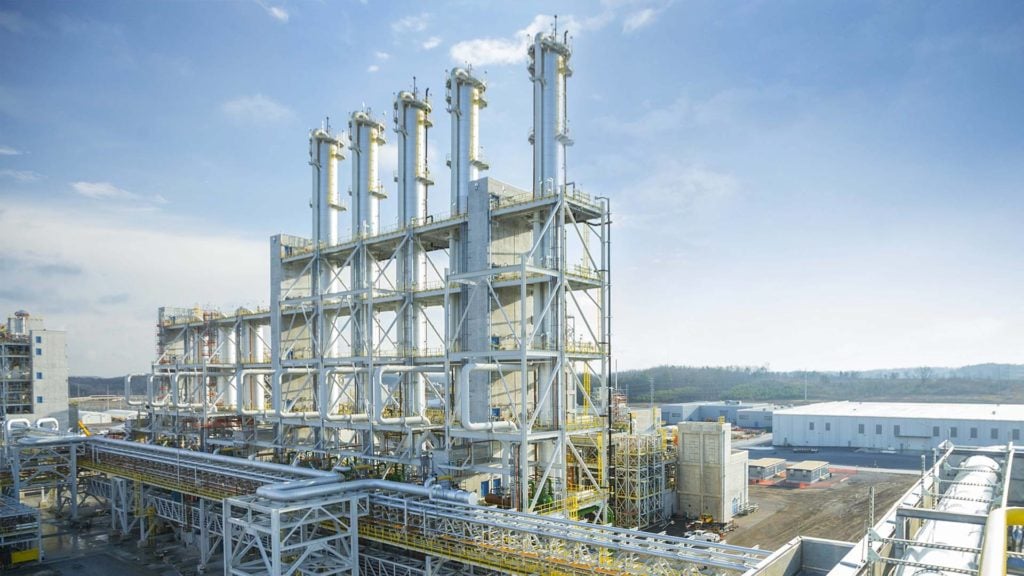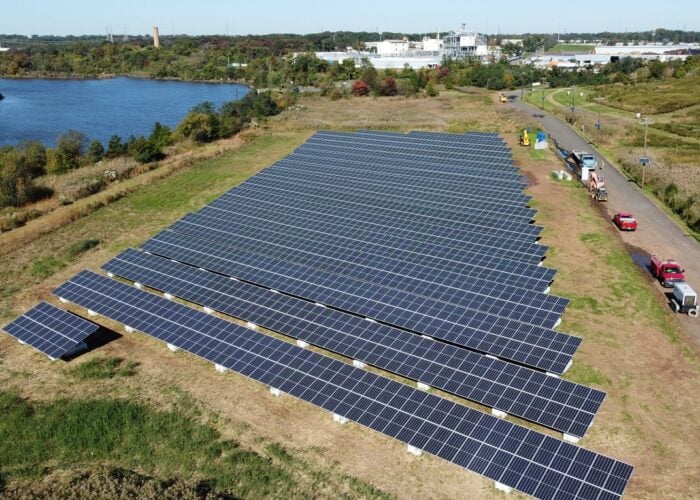
German chemical company and polysilicon producer Wacker Chemie reported a 55% decline in sales for its polysilicon business in Q2 2024.
Wacker Polysilicon generated €232 million (US$251 million) in sales from April through June 2024, down from €513 million (US$556 million) in the same period 2023. It said that this was driven primarily by “significantly lower” solar-grade polysilicon volumes.
Unlock unlimited access for 12 whole months of distinctive global analysis
Photovoltaics International is now included.
- Regular insight and analysis of the industry’s biggest developments
- In-depth interviews with the industry’s leading figures
- Unlimited digital access to the PV Tech Power journal catalogue
- Unlimited digital access to the Photovoltaics International journal catalogue
- Access to more than 1,000 technical papers
- Discounts on Solar Media’s portfolio of events, in-person and virtual
Or continue reading this article for free
Sales figures were also down 23% sequentially, compared with €300 million (US$324.7 million) in Q1, as shown in the graph below.
These sales figures translated to earnings before interest, taxes, depreciation and amortisation (EBITDA) of €55 million (US$59 million) in the polysilicon business, down 65% on Q2 2023’s €156 million (US$169 million). Compared with Q1, EBITDA was up 27% from €43 million (US$46 million) Wacker attributed this mostly to lower energy prices, which is a key factor in the energy-intensive polysilicon production process.
Wacker Group CEO and president Christian Hartel said: “Even though a sustained turnaround is not yet in sight, we are seeing the first signs that the economy is recovering. Inflation rates are dropping at a faster rate than expected, and energy and raw-material prices have eased.”
He continued: “In our polysilicon business, we have further increased the share of polysilicon destined for the semiconductor industry.”
The polysilicon market has been in a troubled state over the last year and a half. Prices have fallen to around one-fifth of what they were in early 2023, and they hit a “new low” of RMB33,000/ton (US$4,535) earlier this month (10 July), a 43% decrease compared with the start of the year (premium access).
Simultaneously, many of the largest producers in China have ramped up capacity expansions. In November, polysilicon market analyst Johannes Bernreuter forecast that oversupply in the polysilicon market could reach 1.4 million tonnes in 2024, creating a market that Bernreuter called “cut throat”.
He said the result of this oversupply would likely be market consolidation, where the largest players – led by Chinese producer Tongwei – would force out “most, if not all” new, smaller Chinese entrants to the market.
Wacker ships polysilicon to China, and it has become its “number one single market worldwide,” according to the company’s website. On a company-wide level, beyond just the polysilicon division, Wacker saw total shipments to Asia decrease by 33% in Q2 2024, though it did not say to which national markets or business divisions this referred.
In February, Bernreuter Research published data that showed that polysilicon shipments into China had fallen to their lowest levels since 2011, with greater volumes instead going to southeast Asia in response to US import restrictions on Chinese products.
Total Wacker Group EBITDA – including its polysilicon, silicones, polymers and biosolutions sectors – was €160 million (US$173 million), a 37% drop year-on-year. None of the other sectors experienced as sharp a drop in sales and earnings as the polysilicon business, and the silicones and biosolutions sectors actually saw sales increases.







